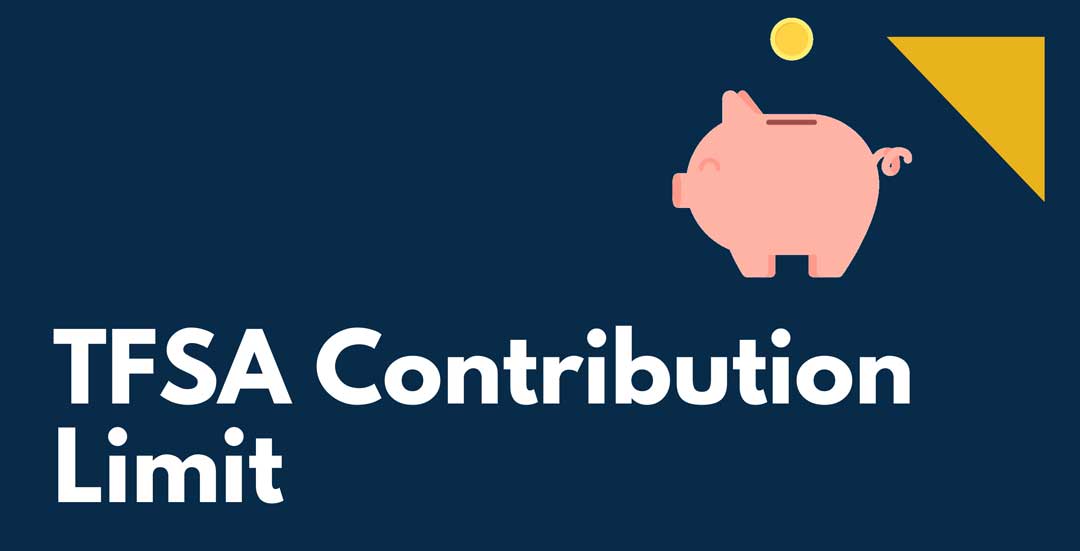
The TFSA new contribution limit for 2021 has been officially released. That limit is $6,000, matching the amount set in 2019 and 2020.
With this TFSA dollar limit announcement, the total contribution room available in 2021 for someone who has never contributed and has been eligible for the TFSA since its introduction in 2009 is $75,500.
The annual TFSA dollar limit is indexed to inflation and rounded to the nearest $500. The Canada Revenue Agency’s indexation increase in 2021 is 1.0%.
For clients who have withdrawn from TFSAs, their crystallized gains and losses from withdrawals are factored into their TFSA room. The formula is:
Unused TFSA contribution room to date + total withdrawal made in this year + next year’s TFSA dollar limit = TFSA contribution room at the beginning of next year
Here are the dollar amounts by year:
| For 2009, 2010, 2011, and 2012: | $5,000 |
| For 2013 and 2014: | $5,500 |
| For 2015: | $10,000 |
| For 2016, 2017, and 2018: | $5,500 |
| For 2019, 2020 and 2021 | $6,000 |
Anyone 18 or older and who has a valid social insurance number is eligible to open a TFSA. The contribution room accumulates beginning in the year in which a person turns 18.
While contributions to a TFSA are not tax-deductible, withdrawals are tax-free. Money withdrawn from a TFSA in a future year can be used to make a down payment on a home or purchase a car, for example.
“If [the TFSA holder’s] tax rate is higher at that time, they realize a benefit accessing tax-free income from their account as opposed to having to pull out taxable income [as from an RRSP],” George said.
Here is the TFSA lifetime contribution room for individuals who have never made a TFSA contribution, for 2020 and 2021, based on age.
| Year individual turned 18 | Total unused contribution room in 2020 | Total unused contribution room in 2021 |
| 2009 or earlier | $69,500 | $75,500 |
| 2010 | $64,500 | $70,500 |
| 2011 | $59,500 | $65,500 |
| 2012 | $54,500 | $60,500 |
| 2013 | $49,500 | $55,500 |
| 2014 | $44,000 | $50,000 |
| 2015 | $38,500 | $44,500 |
| 2016 | $28,500 | $34,500 |
| 2017 | $23,000 | $29,000 |
| 2018 | $17,500 | $23,500 |
| 2019 | $12,000 | $18,000 |
| 2020 | $6,000 | $12,000 |
| 2021 | 0 | $6,000 |
Federal tax bracket thresholds for 2021
- The 33.0% tax rate begins at taxable income of over $216,511, up from $214,368 in 2020.
- The 29.0% tax rate begins at taxable income of over $151,978, up from $150,473 in 2020.
- The 26.0% tax rate begins at taxable income of over $98,040, up from $97,069 in 2020.
- The 20.5% tax rate begins at taxable income of over $49,020, up from $48,535 in 2020.
- Income below $49,020 is taxed at 15.0%.
The basic personal amount for 2021 is $13,808 for taxpayers with a net income of $151,978 or less. At income levels above $151,978, the basic personal amount is gradually clawed back until it reaches $12,421 for a net income of $216,511.
Source: Advisor’s Edge
Newsletters
Newsletter – February 2020
NewslettersEvents & SponsorshipArticles & Publications
Newsletter – August 2019
NewslettersEvents & SponsorshipArticles & Publications
Newsletter – May 2019
NewslettersEvents & SponsorshipArticles & Publications
Newsletter – April 2019
NewslettersEvents & SponsorshipArticles & Publications
E-Newsletter – February 2019
Events & Sponsorship
No Results Found
The page you requested could not be found. Try refining your search, or use the navigation above to locate the post.
Articles & Publications
Do corporate loans count as taxable income?
Do corporate loans count as taxable income? When shareholders or employees borrow money from a corporation, that money is generally considered taxable income. But this rule, like many CRA rules, has exceptions. Many shareholders and employees borrow funds from their...
Beware of using your corporation’s income to pay personal expenses.
Beware of using your corporation's income to pay personal expenses. Suppose you own an incorporated business or professional corporation. In that case, it can be pretty tempting to pay for various personal expenses out of your corporation's income, but doing so is...
How the principal residence rule works
Principal Residence Rules Since 1982, each family unit (including you, your spouse or common-law partner, and any unmarried kids under the age of 18) has been able to designate one property as its principal residence for each calendar year. To simplify the...
Introducing the new Confirm my Representative service
The new Confirm my Representative service. On October 18, 2021, the Canada Revenue Agency (CRA) is introducing a new, two-step verification process to make authorizing a representative using Represent a Client more efficient and secure. The new process makes it easier...
The future of the COVID aid program
The future of the COVID aid program The CRB is one of three programs (alongside the Canada Recovery Caregiving Benefit and the Canada Recovery Sickness Benefit) that replaced the initial $2,000-per-month Canada Emergency Response Benefit (CERB) in September 2020. The...